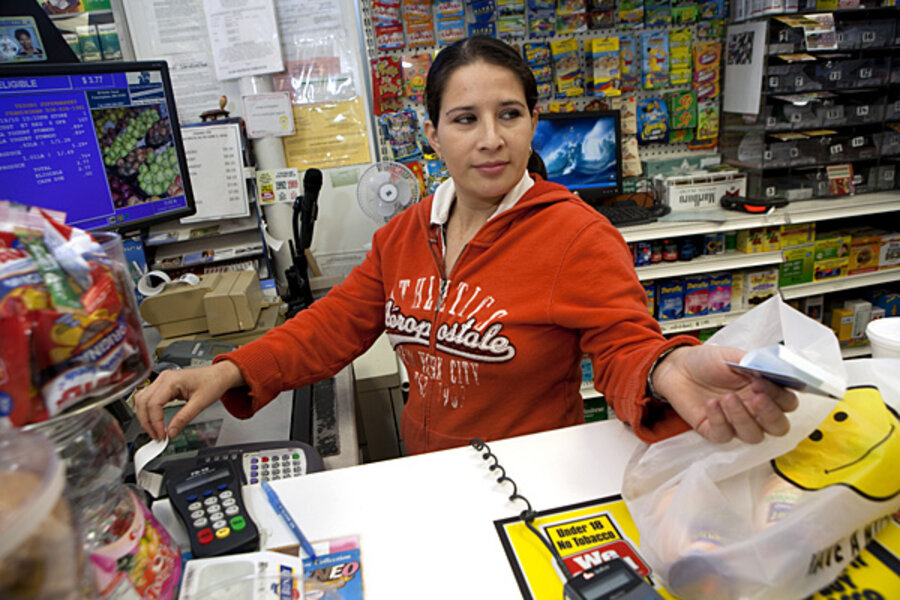Whatever happened to limited government?
Loading...
I’d like to take a moment to reflect on the notion of “limited government”.
With the latest election, the last four years in particular and the last decade or so in general, the concept of “limited government” seems to have become a relic of sorts, mocked by one side of the ideological spectrum, paid lip service to by the other but widely discarded overall.
It’s strange that such a basic concept could fall so far out of fashion… as if it has no merit at all… yet most “reasonable” people must acknowledge that there are “limits” to what the government can and should do.
By “reasonable” people, of course, I mean those who accept as valid the overall order of our society which seeks to balance the government “public interest” with the individual “private interest” and not those who occupy the extremes of the many philosophies who want nothing more than to radically reorganize everything (…one way or another) from the ground up.
For example, every month over 47 million individuals receive $133.42 through the Department of Agriculture’s Food Stamps program for a total monthly cost of $6.28 billion dollars or $75.3 billion annually.
Now, given that this stipend is largely distributed to recipients via electronic credits through the widespread use of EBT cards (recipient accounts credited and credits transacted all electronically like credit cards), without incurring any additional administrative cost, the government could simply add another zero to the benefit bringing it to a monthly allowance of $1,334.20 per recipient and a program cost of $62.8 billion per month.
Why not do this? Wouldn’t this bring dramatic benefit to the lives nearly 50 million needy Americans?
Possibly you think that we simply cannot afford such a benefit BUT in an age of trillion dollar deficits, lack of revenue is hardly a limiting factor for government largesse… the Federal Reserve simply increases the monetary base (i.e. tacks on a few more zeros to its own balance sheet), buys government securities (government bonds of one sort or another) and viola!
So again, why not simply increase the Food Stamps benefit by a factor of 10?
In fact, why stop there? It’s just electronic blips…. Why not add TWO zeros bringing the monthly allowance to $13,342.00 per recipient and a program cost of $628.0 billion per month?
Clearly this would go long way toward solving serious issues like income inequality and poverty not to mention the economic demand (… along with Keynesian multipliers) that would be created by all that increased purchasing power.
So what’s wrong with this scenario? Are there no limits?







